Chromium Boride Sputtering Target Description
A Chromium Boride Sputtering Target is a type of ceramic material consisting of chromium and boron. It is commonly used in sputtering processes for thin film deposition, owing to its specific properties and composition.
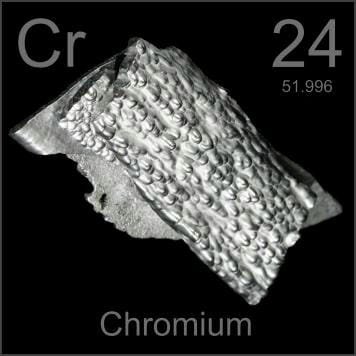
Chromium is a chemical element with the symbol “Cr” and an atomic number of 24. The name “chromium” is derived from the Greek word ‘chroma,’ meaning color, due to the various colored compounds it forms. It was discovered in 1797 by the French chemist Louis-Nicolas Vauquelin, who isolated it from the mineral crocoite. Chromium is located in Period 4 and Group 6 of the periodic table, belonging to the d-block elements. The relative atomic mass of chromium is approximately 51.9961 Daltons, with the number in parentheses indicating a margin of uncertainty.
Related Product: Chromium Sputtering Target
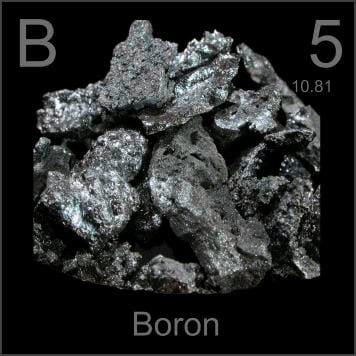 Boron, symbolized as “B” with an atomic number of 5, is a chemical element named after the Arabic word ‘buraq,’ which referred to borax. It was first identified in 1808 by scientists Louis-Joseph Gay-Lussac and Louis-Jacques Thénard. The successful isolation of boron was later achieved and announced by Sir Humphry Davy. Boron is found in Period 2 and Group 13 of the periodic table, classified within the p-block elements. Its relative atomic mass is approximately 10.811 Daltons, with the value in parentheses indicating a margin of uncertainty.
Boron, symbolized as “B” with an atomic number of 5, is a chemical element named after the Arabic word ‘buraq,’ which referred to borax. It was first identified in 1808 by scientists Louis-Joseph Gay-Lussac and Louis-Jacques Thénard. The successful isolation of boron was later achieved and announced by Sir Humphry Davy. Boron is found in Period 2 and Group 13 of the periodic table, classified within the p-block elements. Its relative atomic mass is approximately 10.811 Daltons, with the value in parentheses indicating a margin of uncertainty.
Related Product: Boron Sputtering Target
Chromium Boride Sputtering Target Application
The Chromium Boride Sputtering Target is employed in various applications, including thin film deposition and decorative coatings. It is widely used in the semiconductor industry, display technologies, and the production of LEDs and photovoltaic devices. Additionally, this material is essential for functional coatings, optical information storage, and glass coating industries, such as automotive and architectural glass. It is also utilized in optical communication technologies.
Chromium Boride Sputtering Target Packing
Our Chromium Boride Sputtering Targets are carefully tagged and labeled externally to ensure easy identification and maintain rigorous quality control standards. We take extensive measures to prevent damage during storage and transportation, ensuring the targets remain in optimal condition.
Get Contact
TFM offers Chromium Boride Sputtering Targets in various forms, purities, sizes, and prices. We specialize in high-purity thin film deposition materials with optimal density and minimal grain sizes, which are ideal for semiconductor, CVD, and PVD applications in display and optics. Contact Us for current pricing on sputtering targets and other deposition materials that are not listed.

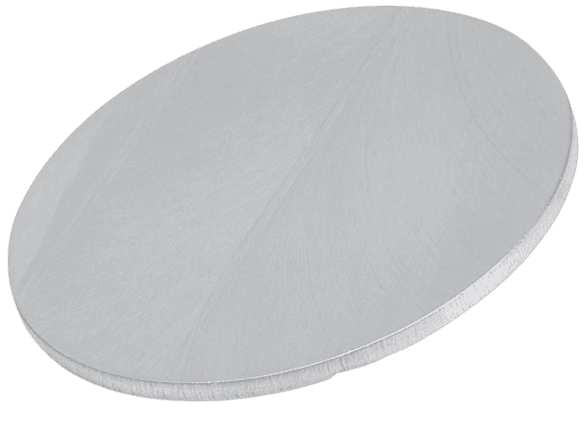
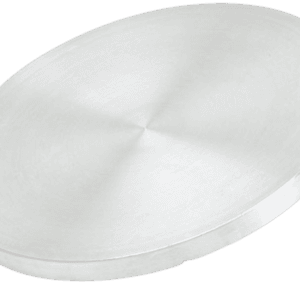
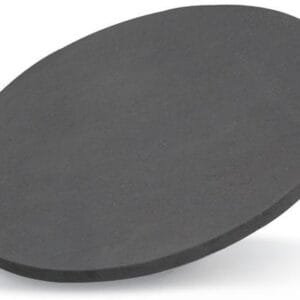
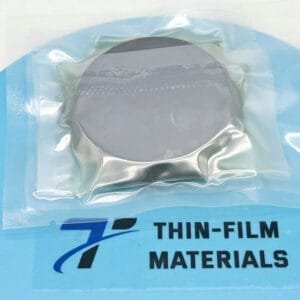
Reviews
There are no reviews yet.